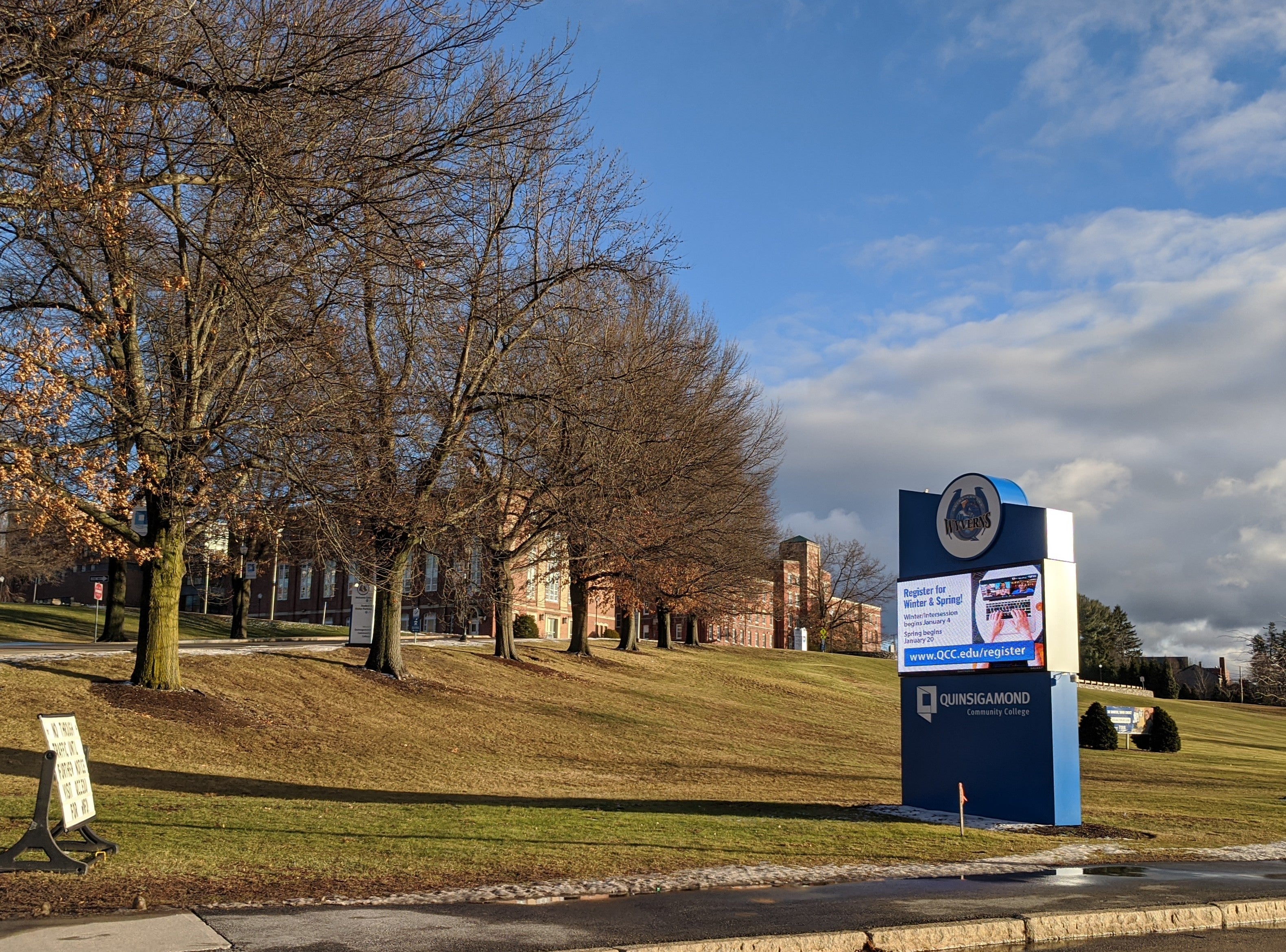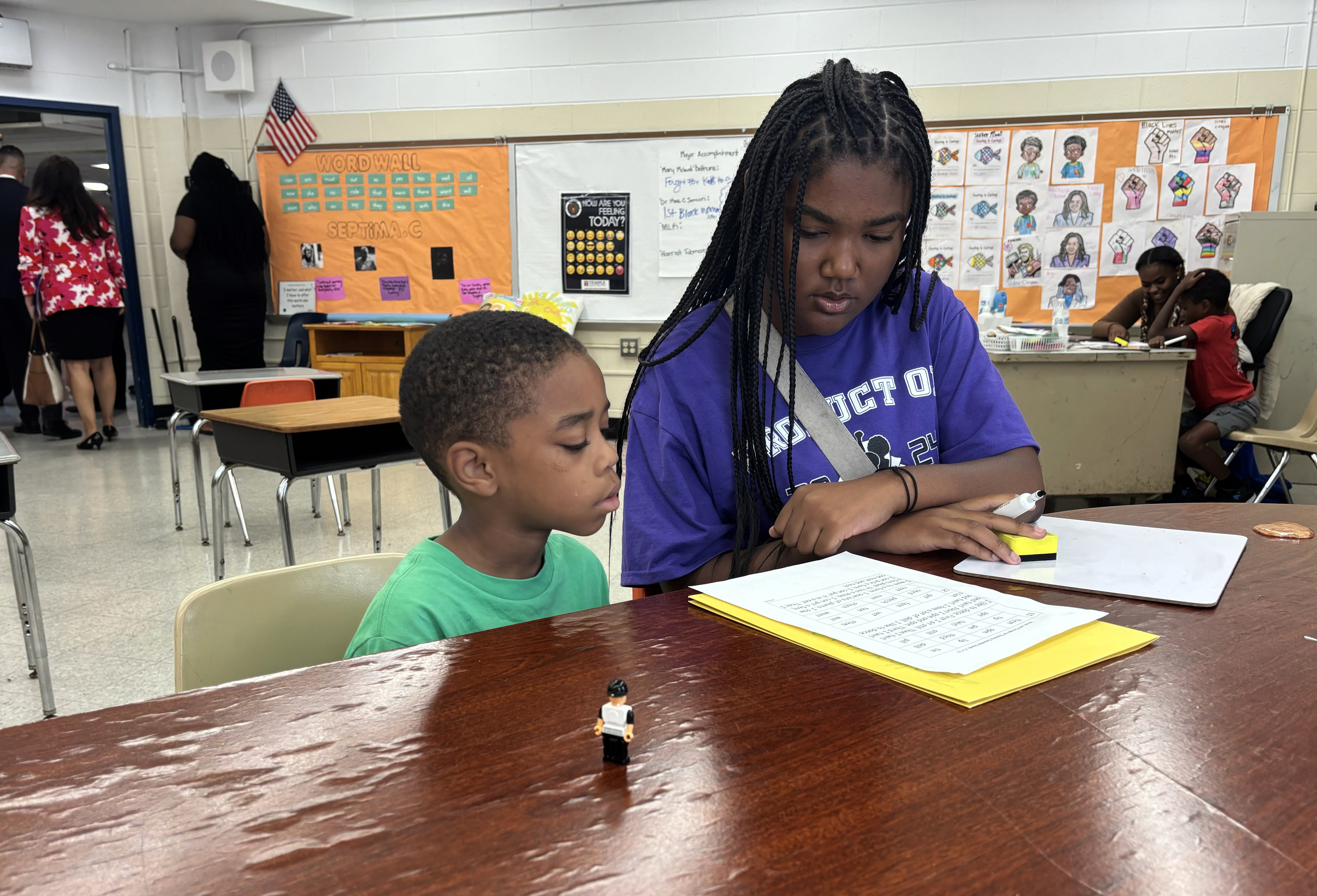
Quinsigamond Community College Receives Grant to Support Adult Learners

Quinsigamond Community College (QCC) in Worcester has been awarded a $675,000 grant to support adult learners through its Future Focus program.
The Future Focus Program
The Future Focus program aims to provide academic and college readiness support services to enhance student retention. It offers college credit coursework at no cost to the student. This initiative aligns with the Sustainable Development Goal 4: Quality Education, which aims to ensure inclusive and equitable quality education and promote lifelong learning opportunities for all.
Eligibility and Enrollment
The program is open to students who have participated in adult secondary education or English-as-a-second-language programs funded by the Massachusetts Department of Elementary and Secondary Education within the last five years. Other applicants will also be considered based on program availability. This initiative supports the Sustainable Development Goal 10: Reduced Inequalities, by providing equal opportunities for education to all individuals, regardless of their background or circumstances.
Funding and Support
Thanks to a grant provided by the Massachusetts Department of Elementary and Secondary Education, students enrolled in the Future Focus program will receive free tuition, fees, books, supplies, and transportation if needed. The funding will support the program for a period of three years. This aligns with the Sustainable Development Goal 17: Partnerships for the Goals, as it demonstrates collaboration between educational institutions and government entities to achieve sustainable development.
Impact and Expansion
The program coordinator, Gilmarie Vongphakdy, highlighted the importance of transition programs like Future Focus in supporting nontraditional students. Many of these students are parents, working full-time, or have limited experience using English in a college setting. The grant funding will allow the program to expand its offerings from five courses to eight courses and provide laptop loans. This addresses the barrier of technology access, which is a significant challenge for many students. By overcoming this obstacle, the program contributes to the achievement of Sustainable Development Goal 9: Industry, Innovation and Infrastructure, by promoting access to information and communication technologies.
SDGs, Targets, and Indicators
| SDGs | Targets | Indicators |
|---|---|---|
| SDG 4: Quality Education | 4.3: By 2030, ensure equal access for all women and men to affordable and quality technical, vocational, and tertiary education, including university | – Number of adult learners enrolled in the Future Focus program – Number of adult learners who successfully complete the program – Number of adult learners who transition to higher education or employment |
| SDG 8: Decent Work and Economic Growth | 8.6: By 2020, substantially reduce the proportion of youth not in employment, education or training | – Number of adult learners who transition to employment or further education – Proportion of adult learners who are not in employment, education, or training after completing the program |
| SDG 10: Reduced Inequalities | 10.2: By 2030, empower and promote the social, economic, and political inclusion of all, irrespective of age, sex, disability, race, ethnicity, origin, religion or economic or other status | – Number of adult learners from diverse backgrounds enrolled in the Future Focus program – Proportion of adult learners from marginalized groups who successfully complete the program |
1. Which SDGs are addressed or connected to the issues highlighted in the article?
The SDGs addressed or connected to the issues highlighted in the article are SDG 4: Quality Education, SDG 8: Decent Work and Economic Growth, and SDG 10: Reduced Inequalities.
2. What specific targets under those SDGs can be identified based on the article’s content?
Based on the article’s content, the specific targets that can be identified are:
– Target 4.3: By 2030, ensure equal access for all women and men to affordable and quality technical, vocational, and tertiary education, including university.
– Target 8.6: By 2020, substantially reduce the proportion of youth not in employment, education or training.
– Target 10.2: By 2030, empower and promote the social, economic, and political inclusion of all, irrespective of age, sex, disability, race, ethnicity, origin, religion or economic or other status.
3. Are there any indicators mentioned or implied in the article that can be used to measure progress towards the identified targets?
Yes, there are indicators mentioned or implied in the article that can be used to measure progress towards the identified targets. These indicators include:
– Number of adult learners enrolled in the Future Focus program.
– Number of adult learners who successfully complete the program.
– Number of adult learners who transition to higher education or employment.
– Number of adult learners who transition to employment or further education.
– Proportion of adult learners who are not in employment, education, or training after completing the program.
– Number of adult learners from diverse backgrounds enrolled in the Future Focus program.
– Proportion of adult learners from marginalized groups who successfully complete the program.
These indicators can help track the progress in achieving equal access to education, reducing youth unemployment, and promoting social inclusion.
SDGs, Targets and Indicators
| SDGs | Targets | Indicators |
|---|---|---|
| SDG 4: Quality Education | 4.3: By 2030, ensure equal access for all women and men to affordable and quality technical, vocational, and tertiary education, including university | – Number of adult learners enrolled in the Future Focus program – Number of adult learners who successfully complete the program – Number of adult learners who transition to higher education or employment |
| SDG 8: Decent Work and Economic Growth | 8.6: By 2020, substantially reduce the proportion of youth not in employment, education or training | – Number of adult learners who transition to employment or further education – Proportion of adult learners who are not in employment, education, or training after completing the program |
| SDG 10: Reduced Inequalities | 10.2: By 2030, empower and promote the social, economic, and political inclusion of all, irrespective of age, sex, disability, race, ethnicity, origin, religion or economic or other status | – Number of adult learners from diverse backgrounds enrolled in the Future Focus program – Proportion of adult learners from marginalized groups who successfully complete the program |
Behold! This splendid article springs forth from the wellspring of knowledge, shaped by a wondrous proprietary AI technology that delved into a vast ocean of data, illuminating the path towards the Sustainable Development Goals. Remember that all rights are reserved by SDG Investors LLC, empowering us to champion progress together.
Source: wbjournal.com

Join us, as fellow seekers of change, on a transformative journey at https://sdgtalks.ai/welcome, where you can become a member and actively contribute to shaping a brighter future.






